Step into a world where timeless charm meets modern comfort. The vintage design interior trend is capturing the imagination of homeowners and designers alike for 2025.
Recent design reports reveal a powerful resurgence of vintage styles in contemporary homes. This enduring appeal goes beyond looks, offering spaces filled with character, sustainability, and personal stories told through carefully curated pieces.
Why are so many drawn to vintage design interior? It allows you to create a home that is truly unique, blending history with modern living while making eco-friendly choices.
Ready to transform your space? This guide is your comprehensive resource for understanding, planning, and achieving a vintage design interior in 2025. Discover key elements, step-by-step planning, expert sourcing tips, ways to blend old with new, and inspiration from leading designers.
What is Vintage Design Interior?
Step into a vintage design interior and you instantly sense a story unfolding. Unlike antique or retro styles, a vintage design interior is about curating pieces and elements from the past—mainly the 1920s through the 1980s—while blending them into a cohesive, livable space for today.
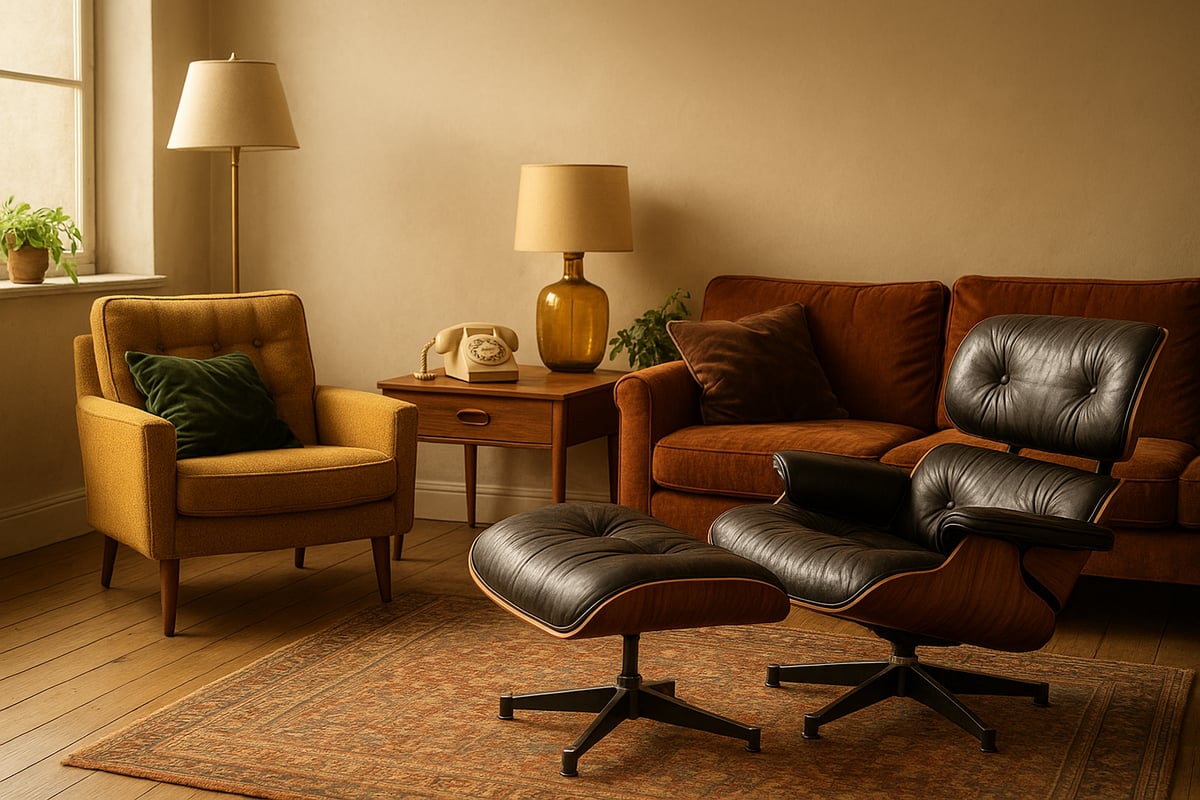
What sets vintage design interior apart from antique or retro?
Antique usually refers to items over 100 years old, while retro echoes a specific recent past, often mimicking the look without using actual period pieces. In contrast, a vintage design interior features authentic items and motifs from previous decades, chosen for quality, nostalgia, and their ability to tell a personal or cultural story.
A Walk Through Time: The Historical Context
Vintage design interior draws inspiration from several defining eras. The sleek glamour of the 1920s Art Deco, the organic shapes and optimism of 1950s Mid-Century Modern, the playful pastels of 1960s Shabby Chic, and the utilitarian edge of 1970s Industrial all contribute to the movement.
| Era | Key Features | Signature Materials |
|---|---|---|
| 1920s–30s | Geometric motifs, luxury finishes | Chrome, glass, exotic woods |
| 1950s–60s | Clean lines, bold colors | Teak, molded plastic |
| 1970s | Earth tones, industrial accents | Metal, leather, reclaimed |
| 1980s | Eclectic patterns, vibrant palettes | Lacquer, mirrored surfaces |
These decades offer a palette of styles that can be mixed and matched in a vintage design interior, creating spaces rich with visual history.
Core Characteristics of Vintage Design Interior
What defines a vintage design interior? The answer lies in its details:
- Patina: Natural wear and aging that add depth and authenticity.
- Craftsmanship: Quality construction, often hand-finished or artisan-made.
- Nostalgic Motifs: Florals, geometrics, and unique prints that recall specific eras.
- Eclectic Mix: A curated blend of furniture and decor from different decades, unified by color or mood.
This approach encourages individuality, as no two vintage design interiors are ever quite the same.
Popular Vintage Design Movements
Several movements shape the vintage design interior landscape:
- Art Deco: Glamorous, symmetrical, and opulent.
- Mid-Century Modern: Minimalist, functional, with an emphasis on organic forms.
- Shabby Chic: Soft, romantic, and characterized by distressed finishes.
- Industrial: Raw, utilitarian, and inspired by warehouses or factories.
For a deeper dive into how these trends are evolving in 2025, see Vintage Trends 2025: 7 designs to have on your radar.
The Psychology and Storytelling of Vintage Spaces
A vintage design interior is about more than aesthetics. It evokes emotion, inviting memories and reflection. Each piece—whether an Eames chair, a rotary phone, or a clawfoot tub—serves as a conversation starter. The act of curating and combining these elements tells a story unique to the homeowner.
Recent studies highlight this emotional appeal. According to Statista’s 2024 report, vintage furniture sales grew by 30% year-over-year, reflecting a collective desire for meaningful, sustainable design.
Why Choose Vintage Design Interior?
Vintage design interior is rooted in authenticity, sustainability, and individuality. It champions reuse over waste, celebrates craftsmanship, and allows for personal expression in every detail. By embracing the past, today’s homeowners create spaces that are both timeless and distinct.
Essential Elements of a Vintage Design Interior
Creating a vintage design interior is about more than simply adding old furniture. It is a thoughtful process that combines history, personality, and comfort, resulting in spaces that feel both unique and welcoming. Each element, from color choices to sustainable practices, plays a vital role in shaping the overall character of your vintage design interior.
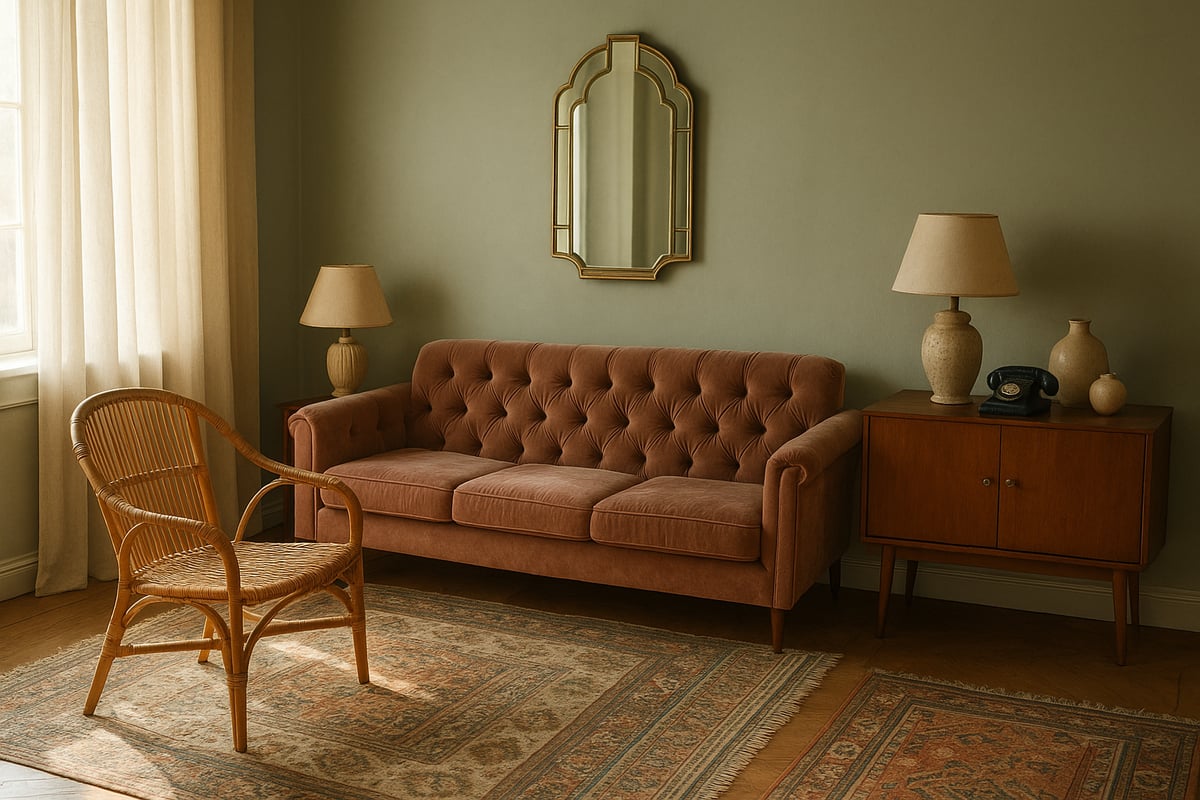
Color Palettes and Textures
The color palette is the foundation of any vintage design interior. Classic schemes include soft pastels like mint green and blush pink, bold jewel tones such as emerald or sapphire, and calming earthy neutrals like taupe or olive. These hues evoke the warmth and nostalgia that define vintage spaces.
Textures are just as important. Layered materials bring depth and tactile interest. Think velvet cushions, rattan chairs, weathered wood, and touches of metal. Each texture contributes to the sense of history and comfort.
For example, a 1950s-inspired room might pair pastel walls with a velvet chair and a walnut console, while a 1970s space could combine burnt orange, shaggy rugs, and chrome accents. If you are looking for guidance on how to incorporate these color and material trends for 2025, the Casa Decor Trend 2025 Guide offers excellent inspiration for blending vintage charm with current style preferences.
Signature Furniture and Decor
Signature furniture is at the heart of a vintage design interior. Look for pieces with distinctive silhouettes, such as tapered legs, tufted upholstery, or ornate hardware. Materials like solid wood, brass, and leather are common in authentic vintage items.
Some statement pieces you might find include mid-century sideboards, plush tufted sofas, and classic bar carts. These anchor the room and set the tone for the entire space.
Decor accents add even more personality. Mirrors with gilded frames, sculptural lamps, and curated wall art all contribute to the layered look that is essential for a true vintage design interior.
Patterns and Prints
Patterns and prints are the soul of a vintage design interior. Floral motifs, geometric shapes, and damask prints bring history and artistry to every room. The revival of wallpaper in recent years has made it easier than ever to introduce these patterns.
Consider layering a floral print sofa with a geometric rug, or using damask wallpaper as a bold statement wall. Patterned textiles, such as curtains or cushions, can also add depth and interest without overwhelming the space.
Lighting and Accessories
Lighting is crucial to creating the right mood in a vintage design interior. Chandeliers, ornate sconces, and Edison bulb fixtures are all classic choices. These fixtures not only provide illumination but also serve as decorative centerpieces.
Accessories complete the look. Clocks with Roman numerals, retro radios, and hand-painted ceramics add authentic touches. Layered lighting, using a mix of table lamps, floor lamps, and wall sconces, creates a cozy and inviting ambiance that is central to vintage interiors.
Sustainability and Upcycling
Sustainability is a cornerstone of the vintage design interior philosophy. Choosing vintage or upcycled decor reduces waste and environmental impact, making your home both stylish and eco-friendly.
According to recent reports, upcycling and vintage sourcing can cut household waste by up to 20 percent. Repurposing old furniture or DIY projects, such as repainting a thrifted dresser or reupholstering a chair, are practical ways to personalize your interior while embracing sustainability.
By focusing on these essential elements, you can create a vintage design interior that is both beautiful and meaningful, blending nostalgia with modern sensibility.
Step-by-Step Guide to Creating a Vintage Interior in 2025
Transforming your space with a vintage design interior is both an exciting and rewarding journey. With the right approach, you can blend history, personality, and comfort into your home. This step-by-step guide will help you assess your environment, source authentic pieces, plan layouts, coordinate colors and patterns, restore furniture, and manage your budget for a truly timeless result.

Assessing Your Space and Setting a Vision
Begin your vintage design interior project by studying your home's architecture and layout. Identify features like crown molding, hardwood floors, or unique window shapes that can be highlighted with vintage elements.
Next, select your inspiration era. Are you drawn to the elegance of the 1920s, the boldness of the 1970s, or a blend of decades? Creating a mood board with images, swatches, and ideas can clarify your vision.
- List your must-have vintage features.
- Note current colors, lighting, and textures in your space.
- Gather reference images for inspiration.
Establishing a clear vision ensures your vintage design interior feels cohesive and intentional, not accidental.
Sourcing and Selecting Vintage Pieces
The heart of a vintage design interior lies in authentic, well-chosen pieces. Start your search at local flea markets, antique shops, and online marketplaces. Estate sales can be treasure troves for unique finds.
When sourcing, always check for quality and authenticity. Look for original labels, solid construction, and signs of true age like patina. Compare replicas and originals, weighing budget, availability, and desired character.
To make the process smoother, consider using a Sourcing and QC Service that specializes in authentic vintage pieces, ensuring you receive quality items. Building relationships with reputable dealers can also help you access rare finds and trusted advice for your vintage design interior.
Planning Layout and Room Flow
Arranging your vintage design interior for both style and function is crucial. Begin by mapping out your room's natural flow. Place statement furniture to anchor the space, such as a vintage sideboard or tufted sofa.
Balance negative space with curated clusters of decor. Too much clutter can overwhelm, while too little may feel sparse. Use zoning for multi-purpose areas, like a reading nook paired with a retro lamp or a small dining corner with mid-century chairs.
- Sketch your layout on paper or with digital tools.
- Test different furniture arrangements.
- Ensure pathways remain open and inviting.
Thoughtful layout planning helps your vintage design interior feel both practical and visually pleasing.
Coordinating Colors, Patterns, and Textures
Layering is key to a successful vintage design interior. Choose color palettes that reflect your chosen era—muted pastels, jewel tones, or earthy neutrals. Combine these with textures like velvet, rattan, and wood for depth.
Mix patterns such as florals, geometrics, or damasks, but keep balance in mind. Limit the number of bold prints in one area to avoid visual overload. For example, pair a patterned rug with solid-colored upholstery and accent pillows.
- Sample color swatches before committing.
- Use a table to compare combinations:
| Era | Colors | Textures | Patterns |
|---|---|---|---|
| 1950s | Mint, coral | Vinyl, wood | Atomic, floral |
| 1970s | Mustard, olive | Corduroy, wood | Geometric |
Expert layering elevates your vintage design interior from ordinary to extraordinary.
DIY Restoration and Customization
Restoring and personalizing vintage furniture adds unique character to your vintage design interior. Simple techniques like sanding, painting, or reupholstering breathe new life into old pieces.
Before starting, inspect for structural integrity and clean thoroughly. Use safe, era-appropriate materials and finishes. Personalize with new fabrics, hardware, or a fresh color to match your overall scheme.
- Always wear protective gear when working with old paints.
- Test small sections before committing to a full restoration.
- Document your process for future reference.
DIY restoration not only saves money but also deepens your connection to your vintage design interior.
Budgeting and Project Management
Setting a realistic budget is vital for your vintage design interior project. Start by listing essential purchases—statement furniture, textiles, lighting—then estimate costs for restoration and accessories.
Prioritize investments by focusing on foundational pieces first. Use cost-saving strategies like upcycling, DIY projects, and hunting for bargains during off-peak seasons. Plan your project timeline in phases to avoid overwhelm and spread expenses.
- Track spending with a simple spreadsheet.
- Allocate funds for unexpected repairs.
- Celebrate small milestones to stay motivated.
With careful planning, your vintage design interior will take shape smoothly and efficiently.
Where and How to Source Authentic Vintage Pieces
Sourcing authentic treasures is the heartbeat of every vintage design interior. The process is both an art and a science, blending keen observation with a bit of luck. Whether you are a seasoned collector or a first-time vintage enthusiast, knowing where and how to find genuine pieces is crucial for creating a space that feels both personal and timeless.
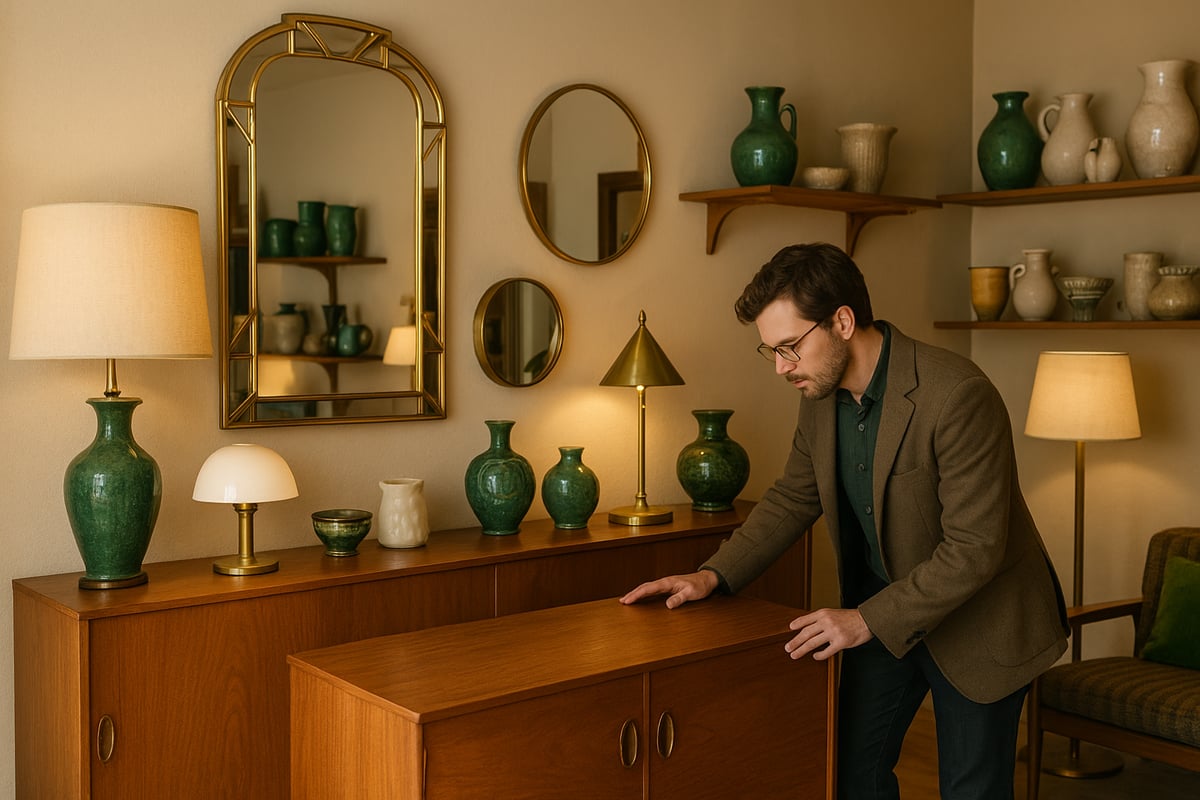
The Best Places to Find Authentic Vintage Pieces
Begin your search in local vintage stores, antique shops, and weekend flea markets. These venues often house unique finds perfect for a vintage design interior. Estate sales can reveal hidden gems, especially in older neighborhoods.
Online platforms like 1stDibs and Chairish have revolutionized the market. According to recent data, online vintage marketplaces saw a 25% increase in activity in 2024. These platforms offer curated selections, detailed provenance, and buyer protections. For a deeper dive into current sourcing trends and expert perspectives, check out The 1stDibs Guide to 2025 Interior Design Trends.
Tips for Ensuring Authenticity and Quality
When shopping for vintage design interior pieces, inspect items for craftsmanship, original hardware, and signs of age such as patina or wear. Ask for documentation or provenance when available. Authentic pieces often have maker’s marks or serial numbers.
Negotiate prices respectfully, especially at markets or with independent dealers. Many sellers expect some bargaining, but knowledge of the item’s history strengthens your position. Beware of deals that seem too good to be true—red flags include poorly executed restorations, mismatched parts, or inconsistent finishes.
Quick Checklist for Authenticity
- Check for original labels, marks, or stamps
- Examine joinery and construction methods
- Review any available documentation or provenance
- Assess overall condition and materials used
Navigating Online Marketplaces and Shipping
Online sourcing is convenient but requires careful attention. Read seller reviews and request additional photos if needed. Be mindful of shipping costs for larger items, as these can be significant for a vintage design interior project.
Some platforms offer white-glove delivery, which is ideal for delicate or bulky finds. Always clarify return policies before purchasing. Influencers in the design space often share stories of scoring rare finds online, highlighting the thrill and satisfaction of curating a truly unique interior.
Building Relationships for Long-Term Success
Cultivate relationships with local dealers and store owners. They can alert you to new arrivals and even source pieces on your behalf, streamlining your vintage design interior journey.
Networking within the vintage community helps you stay informed about upcoming sales and hidden opportunities. Over time, you will develop an eye for spotting quality and value, making each new acquisition even more rewarding.
Blending Vintage with Modern: Achieving Balance in 2025
Blending old and new is at the heart of a successful vintage design interior. In 2025, more homeowners are embracing the art of mixing eras, with a 2024 Houzz survey revealing that 60% prefer interiors that combine vintage and contemporary pieces. This approach creates spaces that feel both timeless and current, offering a sense of comfort and individuality.
The 70/30 Rule: Finding the Right Mix
A widely recommended strategy for the vintage design interior is the 70/30 rule. This guideline suggests dedicating about 70% of your space to one dominant style, such as contemporary, and infusing the remaining 30% with vintage elements. For example, a modern sofa and clean-lined tables can anchor a room, while vintage art, lighting, or a classic rug add personality.
This balance prevents the space from feeling like a showroom or a time capsule. It allows the vintage pieces to stand out without overwhelming the overall design. According to the Houzz survey, this mix is what most homeowners find visually appealing and practical for daily living.
Integrating Modern Technology with Vintage Charm
A vintage design interior does not mean sacrificing comfort or convenience. Smart home features can be seamlessly integrated without disrupting the nostalgic atmosphere. For example, wireless speakers can be hidden in vintage cabinets, and smart thermostats can be paired with classic wall sconces.
In a recent case, a designer incorporated voice-activated lighting into a 1950s-inspired living room, keeping the look authentic while offering the latest technology. This approach shows that modern updates can enhance functionality, making vintage-inspired spaces suitable for today’s lifestyles.
Avoiding Kitsch and Achieving Balance
One common pitfall in the vintage design interior is slipping into kitsch or clutter. To avoid this, use vintage pieces as focal points, not as the entire story. Limit collections to a few standout items, such as a mid-century chair or antique mirror, and pair them with clean, modern lines.
Designers also recommend paying attention to scale. Oversized vintage furniture can overwhelm a space, while delicate pieces may get lost. Thoughtful placement and editing ensure the room feels curated, not chaotic.
Real-World Pairings and Trend Insights
Successful vintage design interior projects often showcase creative pairings. Think of a sleek modern dining table surrounded by vintage Eames chairs or industrial lighting above a contemporary kitchen island. These combinations keep the room feeling fresh and relevant.
For additional inspiration and to stay ahead of evolving trends, explore the Interior Design Trends 2025: What Pinterest Predicts for Your Home. This resource highlights how hand-painted decor and nostalgic accents are shaping the look of tomorrow’s homes. Experts predict that vintage will remain a focal point, especially when balanced with minimalist features.
By experimenting with proportions, color, and placement, you can achieve a harmonious blend that reflects your personality and the best of both worlds.
Expert Tips and Inspiration for Vintage Design Success
Unlocking the full potential of a vintage design interior requires more than just collecting old pieces. Leading interior designers recommend starting with a clear vision—choose one or two vintage eras that inspire you, then curate thoughtfully. According to the Interior Design Guide 2025, blending iconic pieces with modern touches keeps your space timeless, not outdated. Consistency in your color palette and balance in furniture scale are essential for an inviting vintage design interior.
To avoid common pitfalls, steer clear of over-matching sets or crowding your rooms with too many patterns. Designers suggest leaving negative space to let standout pieces shine. Scale matters: a large clawfoot tub or an Eames lounge chair can become a focal point, but too many oversized items will overwhelm. For a fresh twist, rotate smaller vintage accessories seasonally—swap in floral ceramics for spring or velvet pillows for winter. This approach keeps your vintage design interior feeling current and dynamic throughout the year.
Personalization is at the heart of an authentic vintage design interior. Display family heirlooms, mix in travel finds, or commission a custom piece from a local artisan. Joining communities such as the Makers and Creators Community can connect you with skilled artisans for unique, made-to-order decor. For ongoing inspiration, explore design books, listen to podcasts featuring vintage experts, or follow respected blogs. Pinterest reports a 40% increase in vintage decor boards in 2024, reflecting a growing passion for this style.
Social media is a goldmine for visual ideas—Instagram accounts like @thevintageinterior and @retrohomedecor showcase real homes and creative styling. Use these platforms to gather ideas and experiment with new approaches. Remember, the most memorable vintage design interior spaces are those that embrace imperfection and tell your unique story. Trust your instincts, have fun with the process, and let your personality shine through every detail.
As you’ve seen, creating a vintage design interior is about blending history, character, and your own creative touch. From understanding classic eras to sourcing authentic finds and balancing old with new, every step brings your vision closer to life. If you’re ready to turn inspiration into action and want practical skills to transform your space, why not take the next step? Whether you’re starting from scratch or looking to refine your approach, you can gain expert guidance and hands-on techniques. Explore how to elevate your interiors with confidence—Get started with Interior Design.




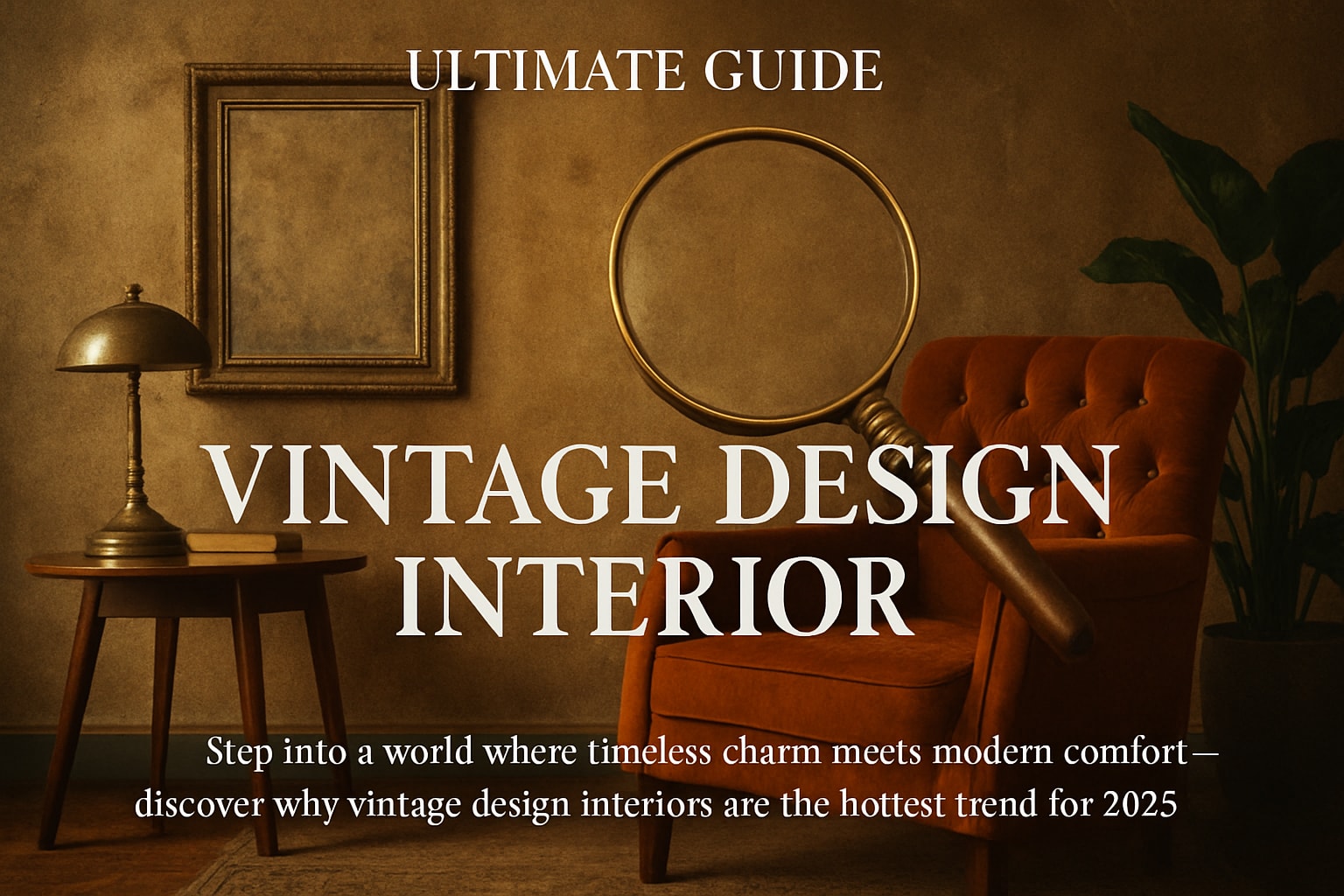
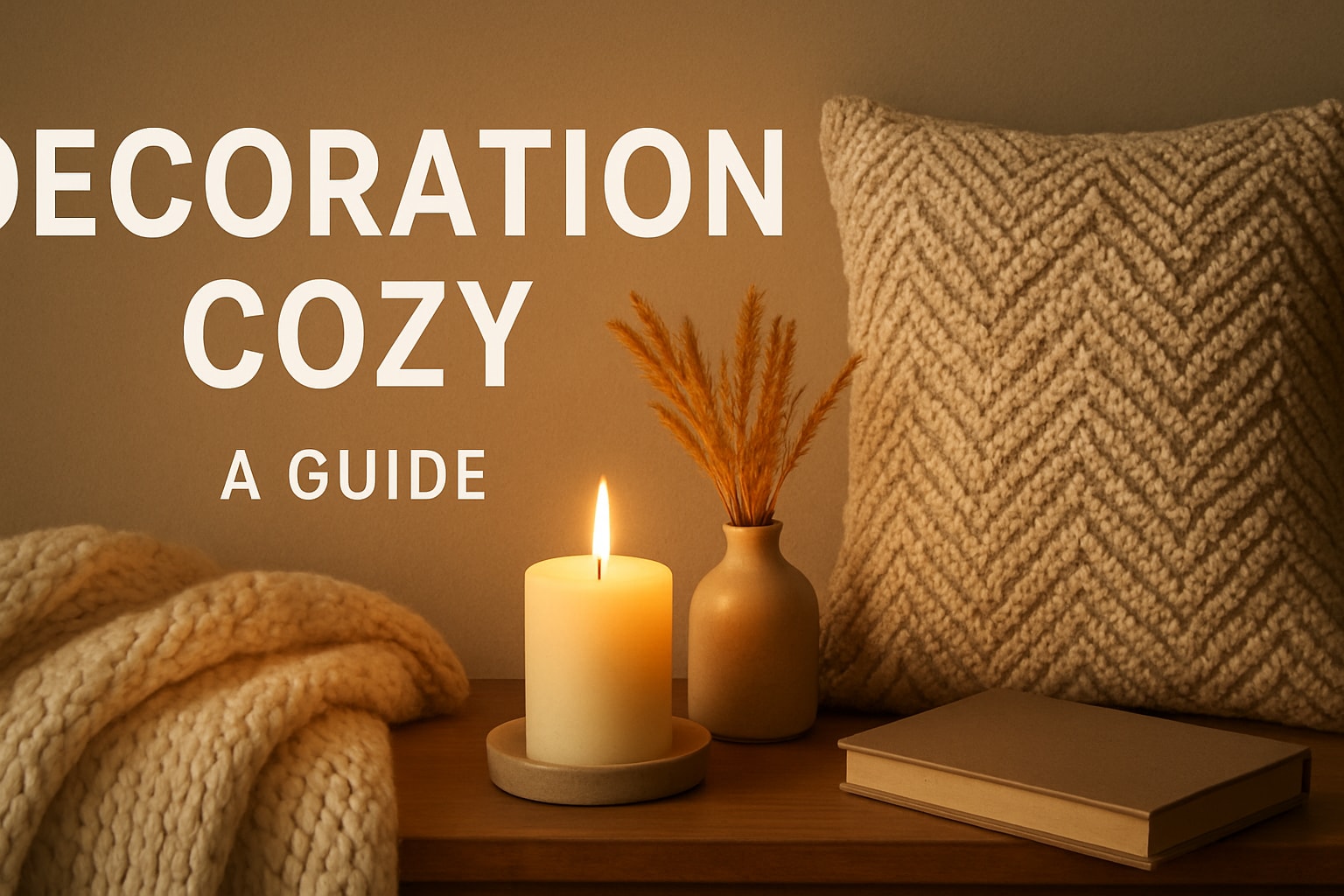
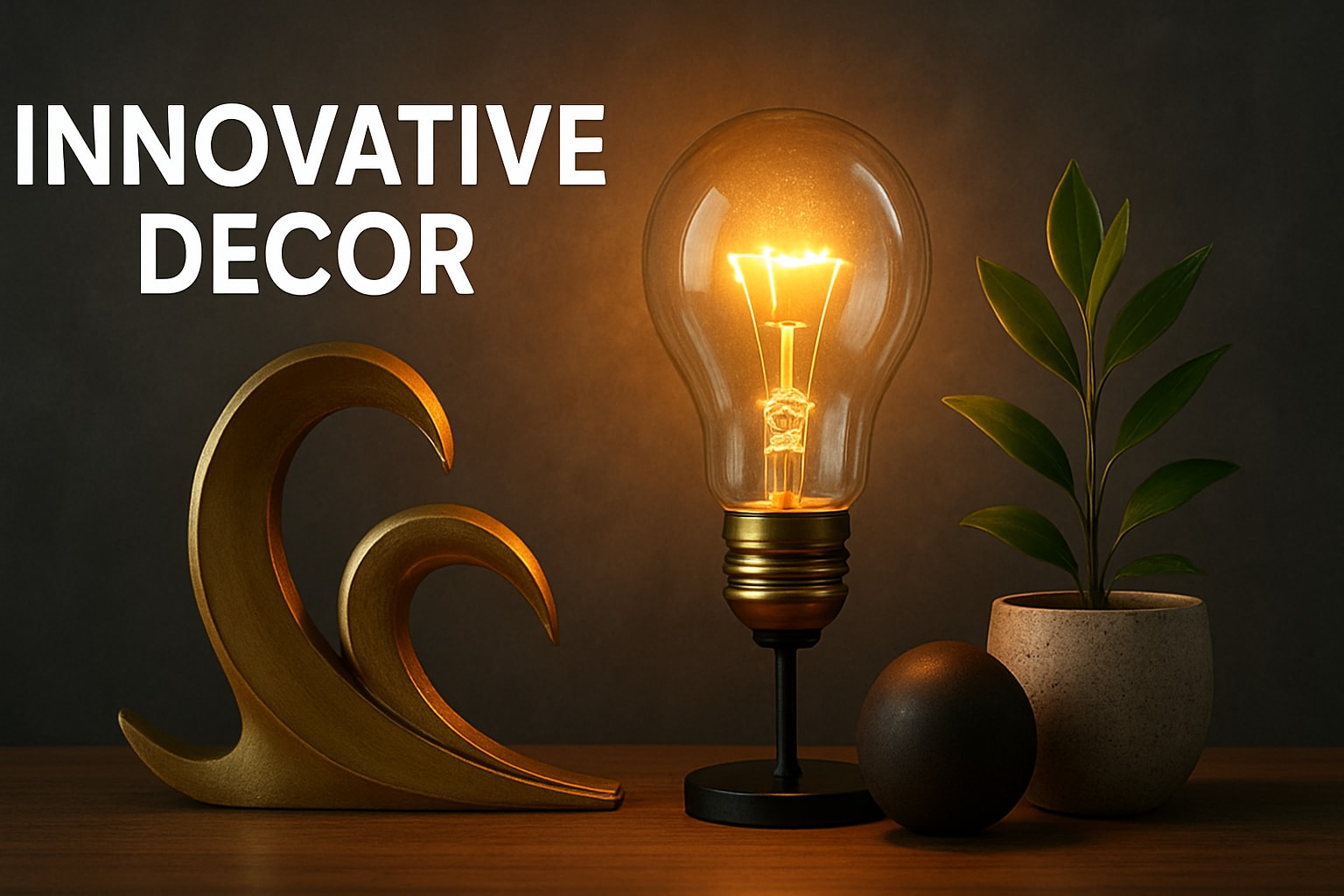
Share:
Decoration Cozy Guide: Transform Your Space in 2025